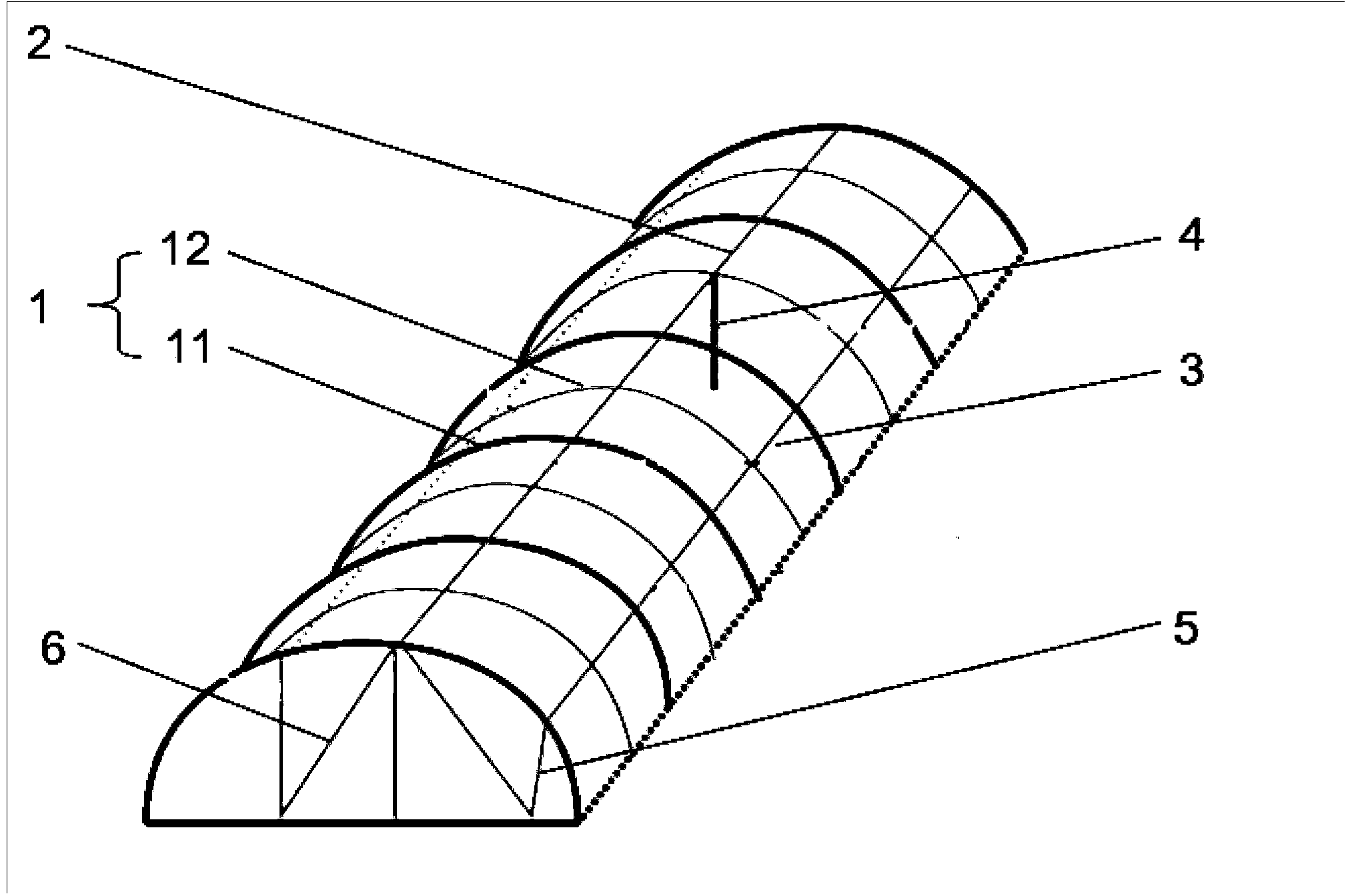Rice-pakchoi crop rotation method in middle and lower reaches of Yangtze river
A technology of pakchoi, middle and lower reaches, applied in the agricultural field, can solve the problems of short service life, difficult disassembly and assembly, complex structure and other problems of greenhouses, and achieve the effect of diversification of varieties and types, saving manpower and time, and convenient disassembly and assembly process
- Summary
- Abstract
- Description
- Claims
- Application Information
AI Technical Summary
Problems solved by technology
Method used
Image
Examples
Embodiment
[0038] The rice-pakchoy rotation method in the middle and lower reaches of the Yangtze River region comprises the following steps:
[0039] 1. Cultivation of high-quality japonica rice
[0040] (1) Variety. Varieties in Nanjing are resistant to stripe leaf blight, high-quality, high-yielding early-maturing late-japonica or late-maturing medium-japonica varieties, such as Wuyunjing 23, Zhendao 11, Nanjing 5055, Nanjing 9108, and Changnongjing 7.
[0041] (2) Raising seedlings. Sow dry seedlings in mid-May, soak the seeds before sowing, sow 35-40kg in 667㎡ seedling field, 3-4kg in 667㎡ field, apply enough base fertilizer, apply early weaning fertilizer, re-apply relay fertilizer, and see seedling fertilizer. Apply good fertilizer and cultivate multi-tiller and strong seedlings.
[0042] (3) Planting. Seedling age is 28 to 32 days, 20,000 holes are planted per 667 square meters, 3 to 4 seedlings per hole, and 70,000 to 80,000 basic seedlings per 667 square meters. The rice y...
PUM
 Login to View More
Login to View More Abstract
Description
Claims
Application Information
 Login to View More
Login to View More - R&D
- Intellectual Property
- Life Sciences
- Materials
- Tech Scout
- Unparalleled Data Quality
- Higher Quality Content
- 60% Fewer Hallucinations
Browse by: Latest US Patents, China's latest patents, Technical Efficacy Thesaurus, Application Domain, Technology Topic, Popular Technical Reports.
© 2025 PatSnap. All rights reserved.Legal|Privacy policy|Modern Slavery Act Transparency Statement|Sitemap|About US| Contact US: help@patsnap.com

